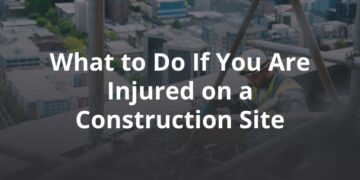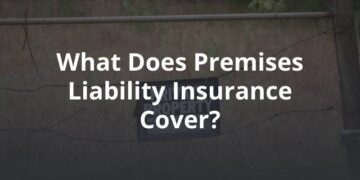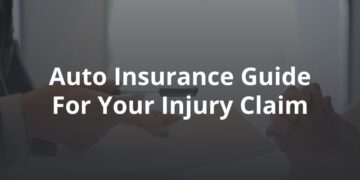A hit-and-run car accident in Texas is an overwhelming type of crash. When the at-fault driver flees the scene without stopping, it can leave you without the traditional option of recovering financial compensation from his or her insurance provider. You may still be able to obtain financial benefits, however, by taking certain steps after a hit-and-run crash.
Pull Over
While it may be tempting, do not attempt to chase or follow the fleeing driver. Pursuing the at-fault driver could result in additional car accidents and further damage. Instead, pull over as close to the scene of your crash as possible. Get to a safe location away from the flow of traffic and put your hazard lights on to prevent subsequent collisions.
Check for Injuries
Car accidents can cause a range of physical injuries, including broken bones, head trauma, and internal injuries. Check yourself for signs of injury, such as pain, bleeding, or numbness or tingling anywhere in your body. Your adrenaline from the crash could initially mask injury symptoms that may become noticeable later. If you or anyone else has been injured in the hit-and-run, seek professional medical treatment immediately.
Call the Police
You should always call 911 from the scene of a hit-and-run accident in Texas. Even if the collision appears minor, it is important to report it so it gets documented for the record. The police can visit the scene of the crash to investigate and write up a police report.
A police investigation may discover evidence that can be used to identify the at-fault driver and hold him or her accountable, such as witness statements or video surveillance footage. If not, the police report can still be used during a claim with your own insurance company.
Be sure to give the police your version of events. If you saw the vehicle that hit you, give the police as vivid a description as possible. This may include the make, model, color, and estimated year of the car as well as partial license plate numbers.
Document the Crash
Before you leave the scene, document the car accident for your own records. Take photos of the damage to your motor vehicle and the crash scene as a whole. Be sure to capture images of any relevant details, such as street signs, road markings, or parts that fell off the other driver’s car. Write down a description of what happened while the details are still fresh in your mind. Include the date, time, location, and weather conditions at the time of the crash.
Talk to Witnesses
People who saw the hit-and-run accident take place may have important information about the at-fault driver. Witnesses may be able to give a description of the other vehicle if you did not get a good look. The police can interview eyewitnesses and obtain statements on your behalf, if necessary.
File an Insurance Claim
If you have uninsured or underinsured motorist insurance on your own policy, this can cover the damages you suffered in a hit-and-run car accident. It will pay for the crash as if the driver remained at the scene but did not have enough insurance to cover your losses. Call your own car insurance company as soon as possible after the crash to report the collision and file a claim.
Consult With an Attorney
If you do not have the correct type of first-party insurance coverage and the hit-and-run driver is not identified, you may still qualify for coverage from a third party, such as the manufacturer of your vehicle or the government. Contact a car accident lawyer in Austin to discuss your potential legal options. The Austin personal injury attorneys at FVF Law can help you understand your legal rights and educate you on steps to take to recover and move forward from a devastating hit-and-run accident in Texas.





